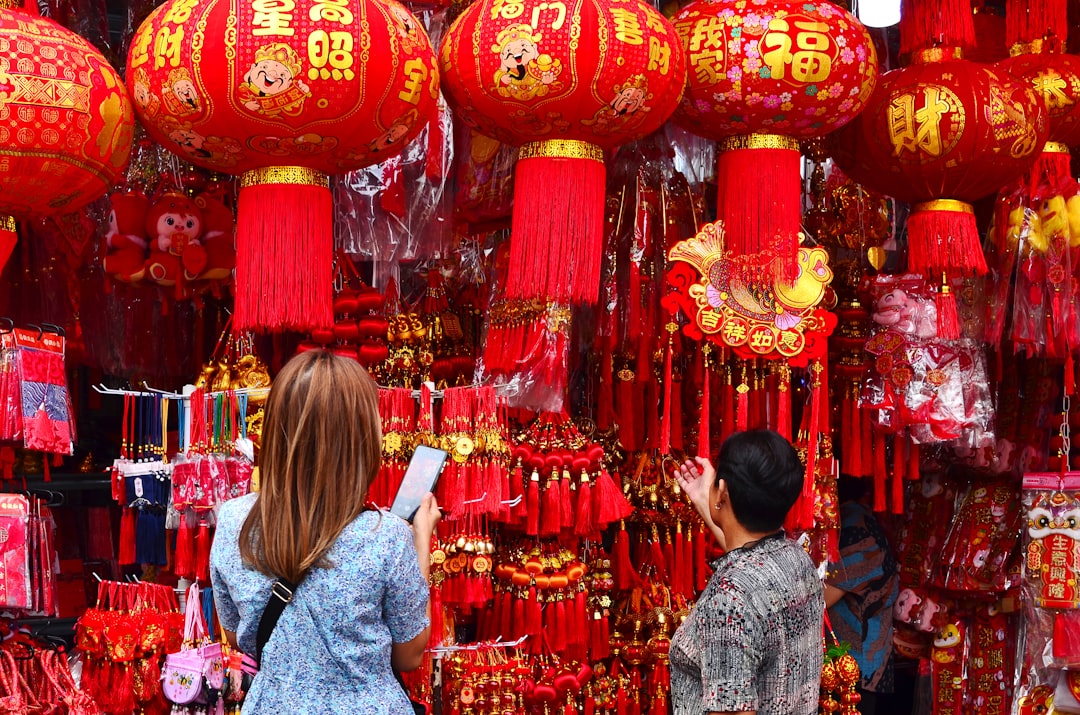No products in the cart.
Tourist Trends: The Shift from US to China Holidays
As tourists shift their focus from the US to China, the travel industry faces a transformative moment. Explore the 'Trump effect' and its ramifications.
Beijing, China — A seismic shift is rippling through the global tourism landscape. In the wake of what some have dubbed the ‘Trump effect,’ American holidays are falling out of favor. Meanwhile, travelers are flocking to China in droves, eager to experience the rich tapestry of culture, history, and innovation that the country offers.
As we move through 2025, the tourism industry is grappling with new realities. Once a go-to destination, the United States is witnessing a decline in international visitors. According to recent studies, the number of tourists choosing the US has dropped by nearly 15% since 2020, a staggering statistic that has travel agencies and businesses scrambling for solutions.

What fuels this shift? At the heart of the matter lies a complex interplay of political sentiment, economic conditions, and cultural perceptions. The political climate in the US, marked by polarization and travel bans during previous administrations, has left a sour taste in the mouths of many potential visitors. Conversely, China has positioned itself as a beacon of opportunity, marketing luxurious experiences and cultural richness.
 Career Trends
Career TrendsYoung People Are Redefining Happiness: A Shift Towards Meaning
Young people are shifting their views on happiness, prioritizing meaning over achievement. This article explores the implications of this generational…
Tourists are no longer just looking for a destination; they are seeking an experience, and China delivers on this front. The country boasts everything from the ancient wonders of the Great Wall and the Forbidden City to cutting-edge technological marvels like Shanghai’s skyline and the bustling markets of Shenzhen. These elements create a compelling narrative for travelers, one that feels fresh and exciting compared to the well-trodden paths of American cities.
Conversely, China has positioned itself as a beacon of opportunity, marketing luxurious experiences and cultural richness.
The implications for the travel industry are profound. Airlines, hotels, and tour operators must adapt to this new reality. Companies that once thrived on American tourism are now pivoting their strategies to cater to the increasing flow of Chinese visitors. In a recent interview, Sarah Liu, a travel agent based in Shanghai, noted, “We’ve seen a surge in bookings from international travelers looking to explore China’s diverse offerings. It’s a complete turnaround from just a few years ago.”
But it’s not just about numbers; it’s about the stories that shape our travel decisions. Consider the impact of social media. Platforms like Instagram and TikTok are flooded with travel influencers showcasing their adventures in China, sparking wanderlust among young audiences worldwide. This digital narrative is powerful, creating an aspirational image of travel that challenges the perceptions of destinations like the US.
Moreover, the economic incentives cannot be overlooked. China has invested heavily in its tourism infrastructure, making it easier and more appealing for international visitors. Enhanced flight connections, streamlined visa processes, and a focus on hospitality have all contributed to an environment where travelers feel welcomed and excited to explore.
 Business And Entrepreneurship
Business And EntrepreneurshipBengaluru Tech Summit 2025: A Showcase of Innovation and Leadership
Bengaluru Tech Summit 2025 is set to position India as a leader in technology and innovation, impacting the global startup…
Read More →Yet, it is essential to recognize that this shift is not without its challenges. The US still holds significant appeal for many, particularly for its natural landscapes, entertainment options, and cultural institutions. However, as the global tourism landscape continues to evolve, it’s clear that complacency will not be an option. American destinations must reassess their marketing strategies and embrace a more inclusive, welcoming approach to attract international visitors once again.
The future of tourism will be defined by adaptability and innovation. As we look ahead, businesses in both the US and China will need to harness technology and creativity to enhance traveler experiences. From virtual reality previews to personalized travel itineraries powered by AI, the potential for transformation is vast.
As we look ahead, businesses in both the US and China will need to harness technology and creativity to enhance traveler experiences.
In this new world of travel, understanding the desires and motivations of tourists will be crucial. The rise of the ‘experience economy’ means that travelers are prioritizing authenticity and connection over traditional attractions. This shift offers an opportunity for destinations to redefine what it means to be a tourist, creating environments where visitors can engage meaningfully with local cultures.
 Career Advice
Career AdviceBuilding Career Resilience in a Rapidly Changing World
Explore practical strategies to enhance your career resilience and thrive in a changing job market. Discover the power of adaptability…
Read More →As the world continues to navigate these changes, one thing remains clear: the landscape of tourism is in flux, and those who adapt will thrive. The ‘Trump effect’ has sparked a change that may well redefine how we view travel for years to come.











